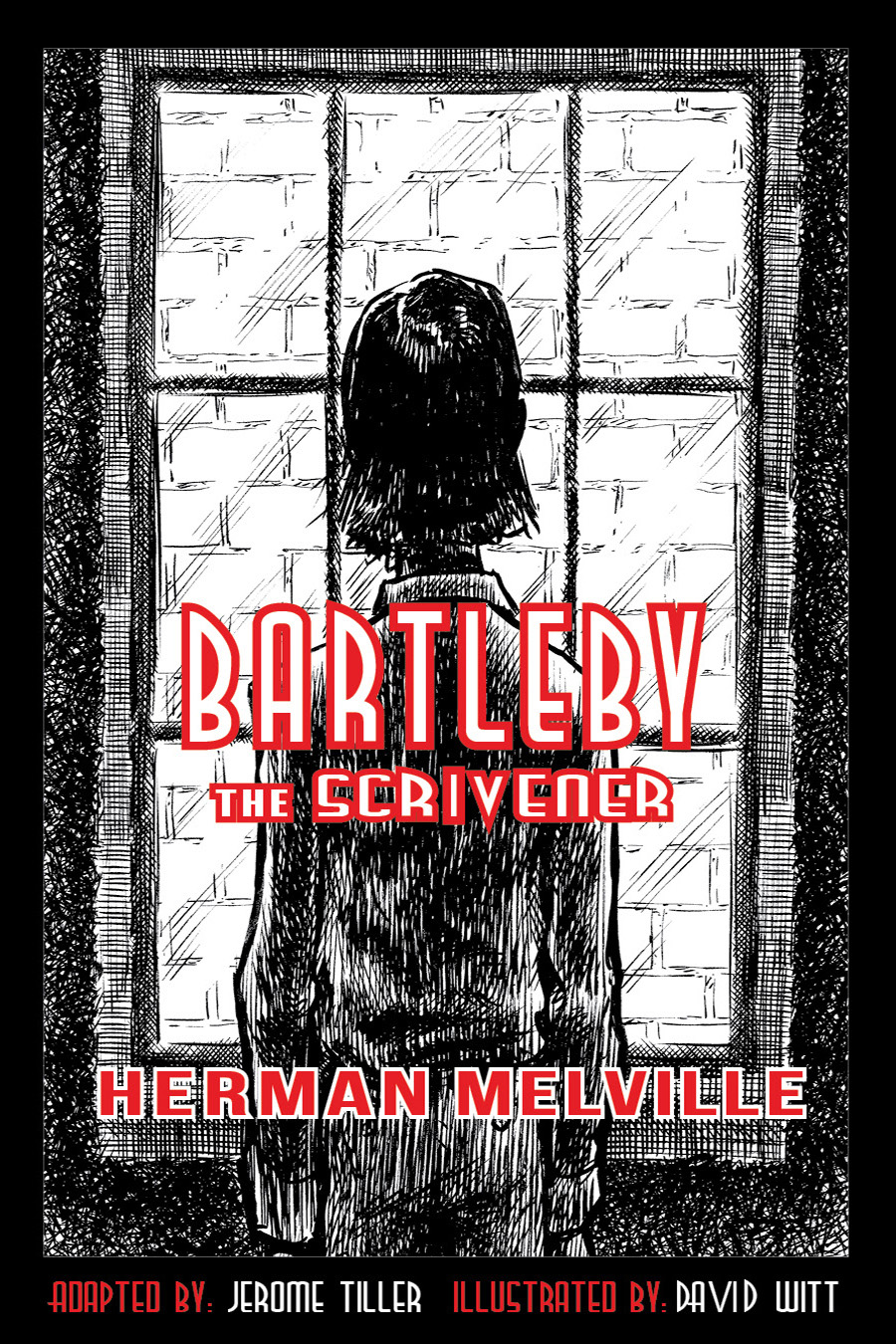Nathaniel Hawthorne wrote lots of good stories
by Jerome Tiller, in Authors
, illustrated classic literature
, middle school literature
, Nathaniel Hawthorne
Nathaniel Hawthorne wrote lots of good stories. Most readers know Hawthorne from the novels they were assigned to read in high school. Usually teachers would assign The Scarlet Letter or the House of Seven of Seven Gables. Maybe The Marble Faun, but probably not. My nephews told me they read Dr. Heidegger’s Experiment, one of Hawthorne’s short stories, in freshman English. That surprised me. The only short story I was assigned to read in high school was The Lottery by Shirley Jackson. That sure was a good story. Creepy. Hawthorne wrote creepy stories, too.
Nathaniel Hawthorne wrote lots of good tales, and quite a few of them were creepy, no doubt. But as with Jackson’s The Lottery, he composed them in a way that provokes thought. Hawthorne specialized in provoking thought, which most of his stories did, because he was deep into moral messaging. But he also entertained the readers of his day and all succeeding generations because he invented good stories with interesting characters. Mark that up as a two-for. Hawthorne wrote entertaining stories that actually make readers want to think about what truths the stories hold. That’s not such an easy thing to do, and far from automatic.
Up the bar—make that a three-for. Hawthorne entertained not only with the entertaining, thought-provoking content of his tales, but also with his writing style. Henry Wadsworth Longfellow, a poet of renown, had plenty of good things to say about Hawthorne’s style. A sample follows: “His stories, though in prose, are written nevertheless by a poet. He looks upon all things in the spirit of love, and with lively sympathies…his stories come from the hand of a man of genius”.
[caption id="attachment_827" align="aligncenter" width="1024"] Short Stories for Middle School[/caption]
Short Stories for Middle School[/caption]
Nathaniel Hawthorne wrote lots of good tales, and quite a few of them were creepy, no doubt. But as with Jackson’s The Lottery, he composed them in a way that provokes thought. Hawthorne specialized in provoking thought, which most of his stories did, because he was deep into moral messaging. But he also entertained the readers of his day and all succeeding generations because he invented good stories with interesting characters. Mark that up as a two-for. Hawthorne wrote entertaining stories that actually make readers want to think about what truths the stories hold. That’s not such an easy thing to do, and far from automatic.
Up the bar—make that a three-for. Hawthorne entertained not only with the entertaining, thought-provoking content of his tales, but also with his writing style. Henry Wadsworth Longfellow, a poet of renown, had plenty of good things to say about Hawthorne’s style. A sample follows: “His stories, though in prose, are written nevertheless by a poet. He looks upon all things in the spirit of love, and with lively sympathies…his stories come from the hand of a man of genius”.
Hawthorne Illustrated - Stories for Middle School
On August 31, 2018, we published a volume of three Hawthorne tales, two taken from our Adapted Classics collection, plus one we have not published previously. They are: Nathaniel Hawthorne’s Dr. Heidegger’s Experiment, Mr. Higginbotham’s Catastrophe, and Feathertop, our new adaptation. Master pen & ink artist Marc Johnson-Pencook illustrated all three, each styled differently according to how his artist’s mind interpreted them. The book has 142 pages of content, which includes fifty of Marc’s wildly-good illustrations. You don’t want to miss them, or the stories Marc interpreted! More info about Hawthorne Illustrated, is shown below.[caption id="attachment_827" align="aligncenter" width="1024"]
 Short Stories for Middle School[/caption]
Short Stories for Middle School[/caption]

